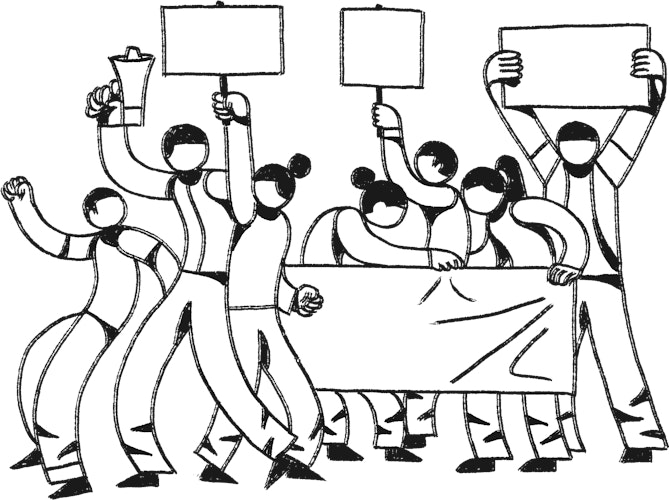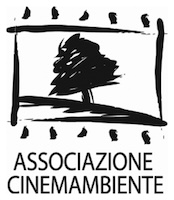Une Histoire de vent
Directed by
Ninety year old Ivens goes to China to realize a dream: filming the wind. His wait in the mountains sets fascination, images and dreams free. Then, by magic, the wind breaks out giving shape to the thoughts and utopias of a whole life in a film-testament, a masterpiece of autobiographic cinematography. The old man's face reappears with the same intensity and innocence as on his debut at thirteen. His whole story comes back, the wind being an allegory of a strict poetics, of a clear political perspective, of a manifestation of nature, of many utopian ideals that take him, once more after Pour le Mistral, to film the invisible, to change culture and society. The paradox is that the film succeeds in conveying all this. Even if we are not able to see the invisible yet, that is to act consciously in the society, we know that the work of this extraordinary author is still there to remind us that everything can be seen, that ideas keep an eternal infancy, an eternal possibility of being realized. The Wind and I was presented at the 1988 Venice Festival on occasion of the Gold Lion award to his career and work.
«... I was born in the land of the wind, so the film begins.
I will attempt the impossible, taming the wind. In the end, I am more modest. The wind is never where you expect it. Twice it pushed me back on a stretcher. It showed me that there is a “forbidden zone”, just as a forbidden zone exists for acupuncture, at the base of the neck. Thirty years ago, I would have said, “You're crazy”. Today I call this “freeing the spirit”.
In the course of my long life, I have discovered that metaphysics and dreaming are a form of reality, that metaphysics is a bridge between the past and the future. Science cannot do everything; it only backs a line of demarcation. You can make a test tube baby but the spiral of humanity never stops, there will always be other horizons.
Behind every horizon there is always another, and another, the Chinese say. It is true. I have seen it from the top of a mountain. And if you live on the top of your feelings, the horizon is not a limitation. If you go into this theme, the wind becomes metaphysical. Northern man, I discovered the mistral stretched out on a beach in Saint Tropez. I saw it struggle against the clouds, saw it move. I realized that the wind comes when it wants, with the force it wants. It is the docile wind, the jealous wind, the strong wind, the gentle wind. It carries the memory of the sounds, and all the songs, of life and death, of pain, of slavery and freedom. Pour le mistral is an unfinished symphony about which I am a little unhappy. I still had a word to say. I went to see how painters tried to master the wind, how Botticelli framed it. I don't have the anguish of the painting, I can show what is happening around. I can open up. I can visit an old farmer-sculptor, entertain with him, and then discover other things, related to poetry, legend. I use the two cinematic forces, I am in the no man's land, I feel the cannon of the two sides. I feel again in the avant-garde when I am young and I was filming the rain...» (Joris Ivens)
In-depth analysis
About the Movie Une Histoire de vent
Ivens, sitting in his chair waits to see the wind at work, almost obsessed with the possibility of a vision at the edge of possibility. The tension causes him to break down and he is seized with malaise. Here he reveals an anxious attraction to the limit, to the unheard of, to what has not yet been shown: the filmmaker's eye is captured by the possibility of discovering new images, new material of representation.
A Tale of the Wind is a reflection on cinema, imagery and old age. At the age of ninety, shortly before his death, Ivens gives us an extraordinary work of originality and inventive freshness.
The old man questions the linguistic future of cinema, and it is surprising that this comes from one who was primarily a documentary filmmaker. Some evidence of this practice is recovered within the film - it is some footage of the Sino-Japanese conflict, shot in '38 - but the director probably realizes that times have changed. The ease with which today one can access any event, anywhere on the planet and in the cosmos, have reduced the fascination of cinema to zero, just as they have extinguished the imagination. Ivens is aware of this, uses stock footage, works on the word-image relationship, interviews people as in a newsreel of current events, enacts the legend of the ten suns, travels to the moon in the company of Méliès. He also does not disdain to resort to fakery when the museum manager denies him permission to arrange the timing of the filming, just as he does not forego irony and paradox when he makes the warrior statues move.
To frame today's China, he enters a studio where a TV quiz show looks like a regime-produced film. On the moon among paper mache silhouettes and artificial stars, Ivens disquisitions with the Ten Suns Archer's woman about the lack of wind. He passes without makeup through some of the devices of cinematic fiction like a now disenchanted illusionist.
In the desert an old woman with magic finally unleashes a wind that does not stop, forcing the director to abandon his position and end filming.
Apparatuses register the presence of solar wind, electric wind: scientists use that word to denote phenomena invisible to human perception. The poet sees in it the fleetingness of things Ivens glimpses the irreversibility of time, the journey through an ever-changing atmosphere, the ever-changing clouds, the rising of the sand, the stirring of gray hair, are evidence of time passing. Ivens's images and anticipation, like his attempt to open a glimpse of the impossible already belong to the past. (Alberto Signorelli from "Cineforum" No. 296-1990)








